Is My Car Out of Gas or Dead Battery? (Quick Troubleshooting Tips)
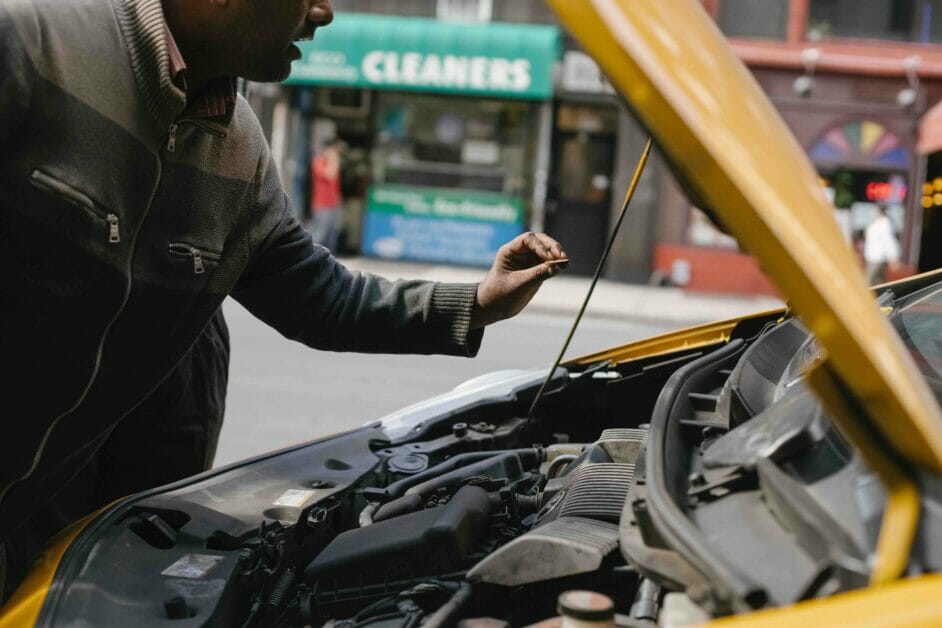
We’ve all been there: you hop in your car, turn the key, and nothing happens. Is it a dead battery, or are you simply out of gas?
In a simplified sense. If there are no lights or signs of electronic power in your car when you turn the key or press the ignition button, it often indicates a dead battery instead of a gas issue.
More detailed signs of out of battery – the engine suddenly stopping, the fuel gauge near or below empty, and a low fuel warning light on. Indications of a dead battery can be the car not starting, slow cranking, dashboard lights flickering or fading, and the car only starting with a jump-start.
In this article, we’ll dive deeper into the symptoms of a dead battery and how it differs from just being out of gas. Knowing the difference can save you time, money, and frustration!
Overview of Potential Symptoms of an Empty Gas Tank vs. Dead Battery
| Symptom | Empty Gas Tank | Dead Battery |
|---|---|---|
| The engine stops running suddenly | ✔️ | |
| Fuel gauge near or below empty | ✔️ | |
| Low fuel warning light on | ✔️ | |
| Sudden loss of power/acceleration | ✔️ | |
| The car doesn’t start | ✔️ | |
| The car cranks slowly or clicks but doesn’t start | ✔️ | |
| Dashboard lights flicker or fade | ✔️ | |
| The car jump-starts successfully but won’t start on its own | ✔️ |
Out of Gas or Dead Battery

Let me tell you about a common dilemma: figuring out if my car is out of gas or has a dead battery.
I’ll review the Symptoms of an Empty Gas Tank and Signs of a Dead Battery to help you diagnose your car troubles.
Symptoms of an Empty Gas Tank
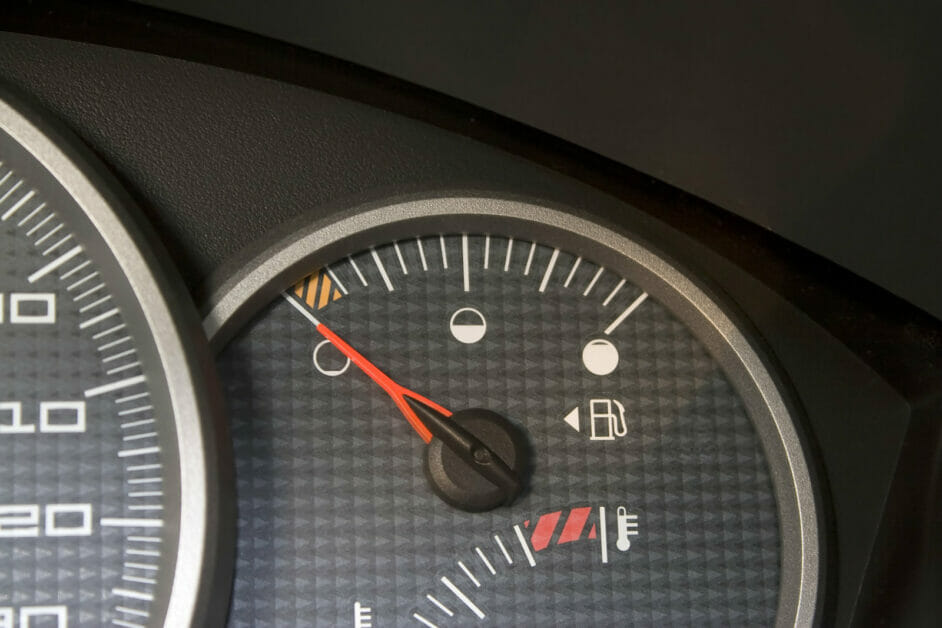
First, when my car runs out of gas, it usually does several things. The engine stops running suddenly, especially when driving at high speeds. Trust me; it’s not a fun experience.
Here are a few tell-tale signs I’ve noticed:
- The fuel gauge will display near or below empty, a dead giveaway.
- The low fuel warning light will be blinking or illuminated.
- A sudden loss of power and acceleration can be felt while driving.
A quick gas station run will do the trick if my car shows these signs.
Signs of a Dead Battery
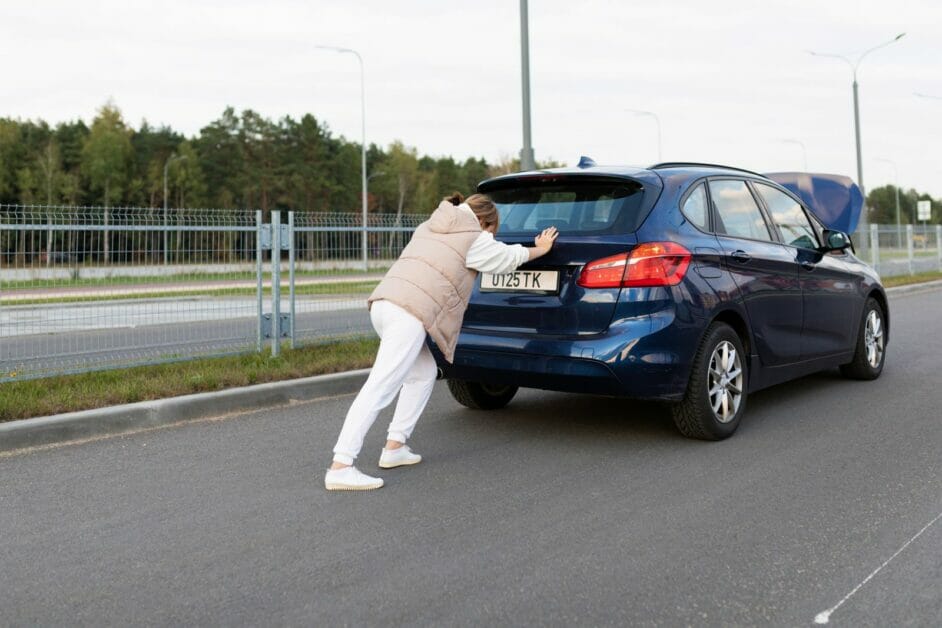
Now, let’s talk about dead batteries. I know firsthand that a dead battery can be frustrating, especially when trying to get somewhere quickly.
Here are some key signs I’ve seen:
- If you turn the key or press the start button and nothing happens, it indicates a dead battery.
- If your car cranks slowly or even clicks but doesn’t fully start, this can also signal a battery issue.
- When your dashboard lights flicker or fade, it shows a battery issue rather than an empty gas tank.
- If your car jump-starts successfully but won’t start on its own later, it’s probably the battery.
So there you have it, folks. That’s how I usually figure out if it’s a gas or battery issue. Remember, staying aware of your car’s symptoms can save you time and headaches.
Diagnosing the Problem
Checking Gas Levels
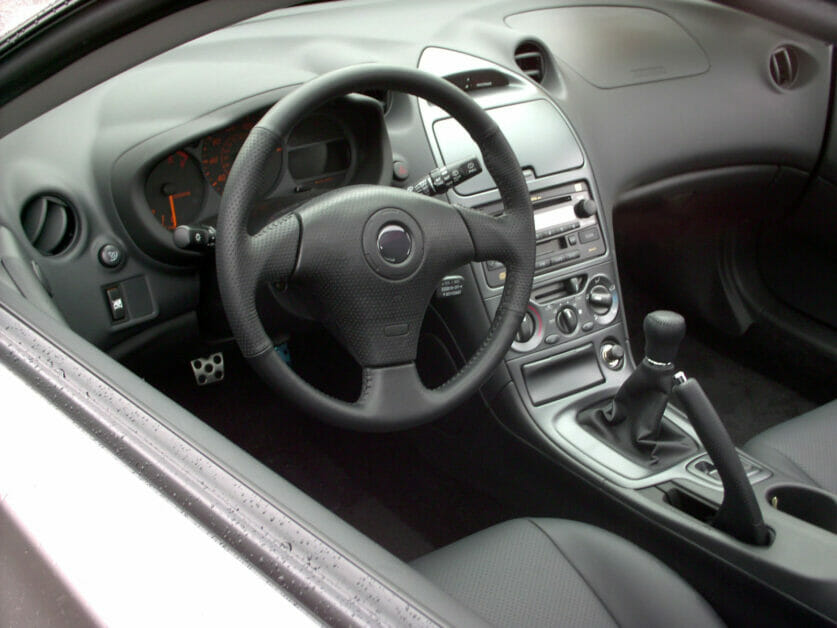
First things first, always make sure to check your gas levels. It’s easy to think it’s a battery issue when you’re just out of gas.
Take a peek at the fuel gauge – if it’s at or near empty, there’s a good chance you’re out of gas.
Sometimes though, even with enough gas in the tank, there could be other fuel-related problems like a clogged fuel filter or failed fuel pump. So it’s important to keep these in mind as well.
Testing the Battery

If you’re sure it’s not a gas problem, the next step is to test the battery.
A dead or weak battery is often the main culprit, causing issues like slow cranking or no engine start. Here are a few ways to check if your battery is the issue:
- Listen for a low or series of moans when turning the ignition key. This might indicate a dying battery.
- Slow, dragging starts can be a sign of a weak battery. If you notice this suddenly and the temperature hasn’t dropped, get your battery tested as soon as possible.
- If your engine starts but immediately dies, that could also signal a dying battery.
Remember, it’s essential to diagnose the problem correctly – whether it’s a gas, battery, or another issue – so you can fix it and get back on the road.
Solutions
Refueling the Car
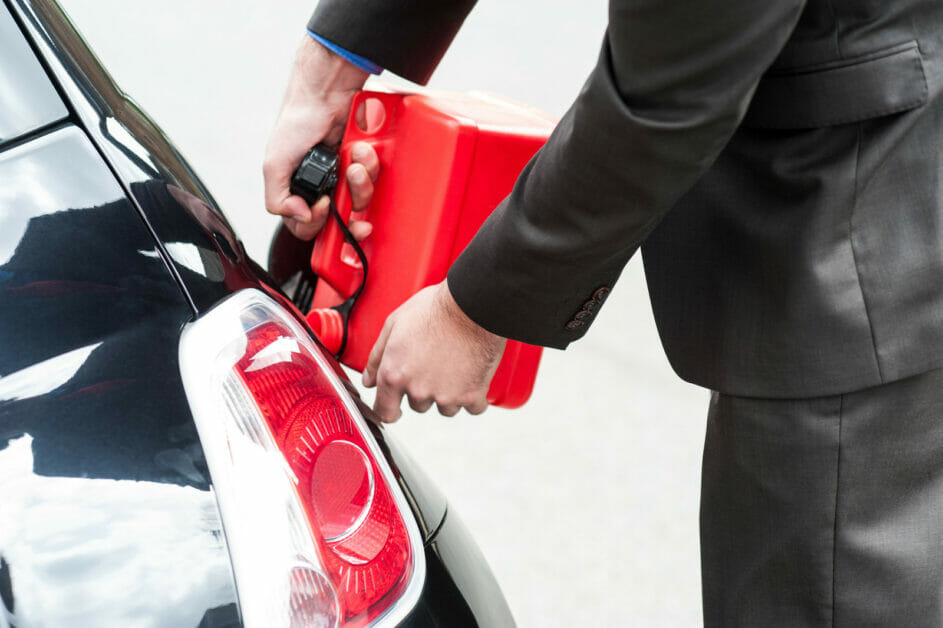
So, you find yourself in a situation where you’re unsure if your car has run out of gas or is a dead battery.
First thing first, let’s refuel your car. I always recommend carrying a small gas container in your trunk for emergencies like this.
Now, safely pour the gas into your tank and try it! If your car starts, you’ll know it was just out of gas.
Jumpstarting the Car
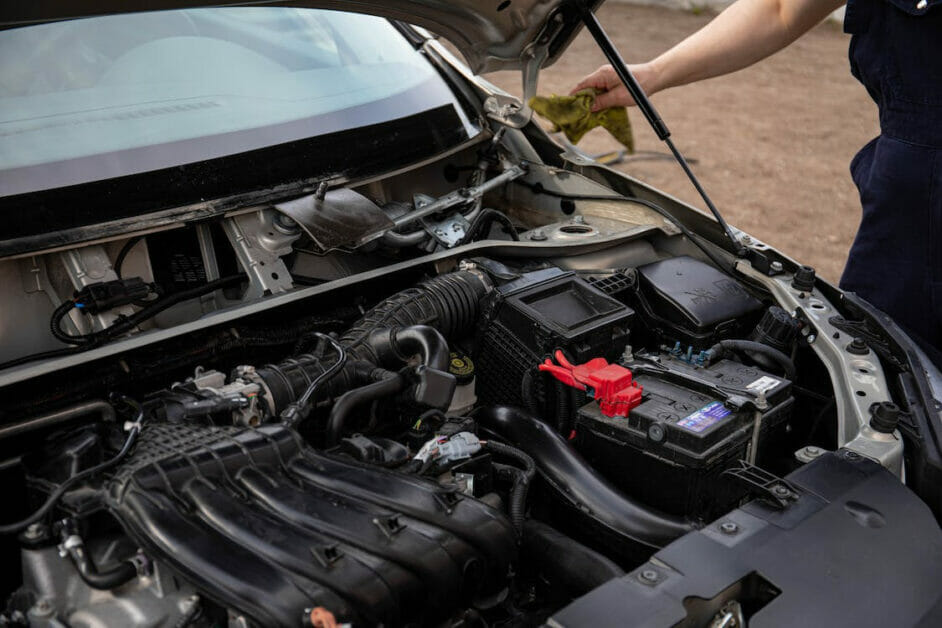
The refueling didn’t do the trick, so let’s try the ol’ jumpstart method.
You’ll need a buddy with a working car and some jumper cables. You can call a friend or ask a good Samaritan to help you.
Here’s a simple and effective way to jumpstart your car:
- Park the cars close enough for the cables to reach, but don’t let them touch! Turn off both vehicles and everything else on board.
- Connect the red cable to your dead battery’s positive (+) terminal, then do the same with the other end on the positive terminal of the helper car’s battery.
- Now, connect the black cable to the negative (-) terminal of your helper car’s battery, and finally, carefully connect the other end of the black cable to an unpainted metal surface on your car’s engine or frame to ground the connection.
- Start your buddy’s car and let it run for a few minutes, then try starting your car. If it works, congratulations — it was just a dead battery!
If jumpstarting your car doesn’t solve the problem, it’s wise to take it to a professional to figure out what’s causing it.
Remember, life throws curveballs at us sometimes, but I’m confident these solutions will help quickly get your wheels back on the road.
Monitoring Gas and Battery Levels
Now, let’s talk about monitoring gas and battery levels. It’s vital to keep an eye on these to avoid running out of gas and dead batteries.
For your gas level, I can’t stress it enough – keep an eye on that fuel gauge! When you’re getting close to empty, make sure to fill up your tank to prevent any embarrassing situations on the side of the road.
Trust me; I’ve been there!
When it comes to the car’s battery, some signs can help you identify potential issues:
- Engine Doesn’t Crank or Cranks but Doesn’t Start: This could mean your battery is in bad shape and might need replacing soon.
- Odd Smells: If your battery smells like rotten eggs, it might be venting gas, indicating a problem with the battery.
By watching these signs and staying on top of your car maintenance, you’ll be well on your way to preventing future gas and battery issues.
References
Organizations:
- Automotive Service Excellence (ASE). https://www.ase.com/
- Automotive Maintenance and Repair Association (AMRA). https://www.amra.org/
Books:
- “Auto Repair For Dummies, 2nd Edition” by Deanna Sclar
- “How to Diagnose and Repair Automotive Electrical Systems” by Tracy Martin
Website Resources:
- AAA Exchange. https://exchange.aaa.com/
- Edmunds. https://www.edmunds.com/
